Post contributed by David from Conservation Corps Youth Outdoor Crew 2:
This week we'll continue not only with our winter weather theme, but with mammals as well. Last week's blog was about the adaptations deer have to brave the cold. But simply trading out summer fur for a much warmer winter coat or huddling together in a group is not always enough to keep an animal alive during the winter months. Some animals use these methods along with hibernation.
 Bears
are a classic example of an animal that hibernates throughout the winter. They
start the season by finding a place to make a den, such as a cave, rock
crevice, or hollowed out tree. They will then spend the winter sleeping.
Surprisingly, their dens do not provide much protection from the cold, but bears are able to keep their body temperature at about 88°F
throughout the winter nonetheless. During this time, their metabolism drops by more than 50%. Bears will sleep for at least three whole months. Female bears
sometimes wake up in January to give birth to a cub, which they will nurse and
care for while continuing to sleep for most of the winter.
Bears
are a classic example of an animal that hibernates throughout the winter. They
start the season by finding a place to make a den, such as a cave, rock
crevice, or hollowed out tree. They will then spend the winter sleeping.
Surprisingly, their dens do not provide much protection from the cold, but bears are able to keep their body temperature at about 88°F
throughout the winter nonetheless. During this time, their metabolism drops by more than 50%. Bears will sleep for at least three whole months. Female bears
sometimes wake up in January to give birth to a cub, which they will nurse and
care for while continuing to sleep for most of the winter. Keep reading next week to see how our next animal stays alive during the winter. It may surprise you...


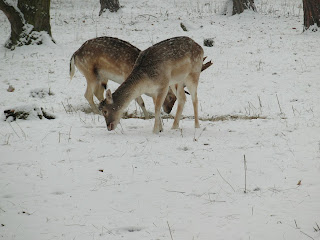



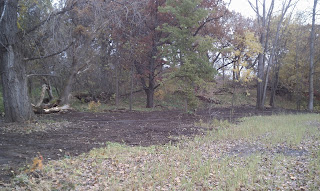
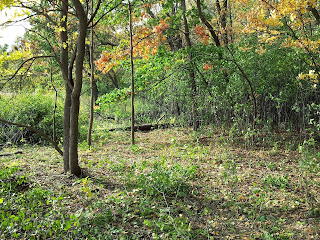




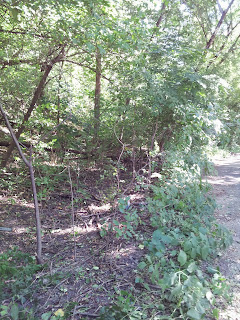

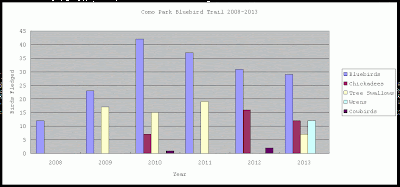




















.jpg)
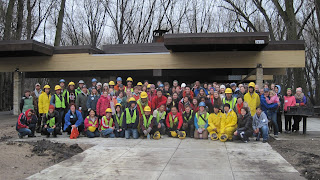.jpg)
.jpg)
.jpg)